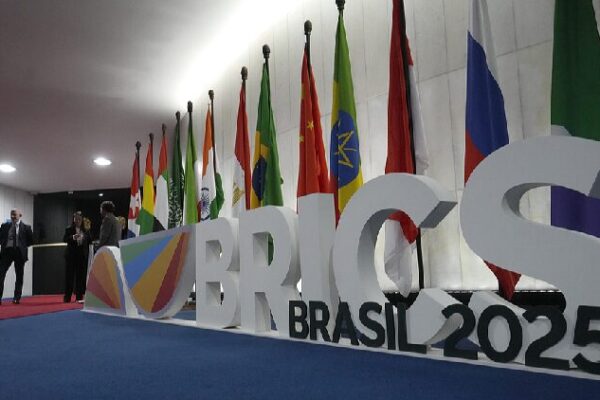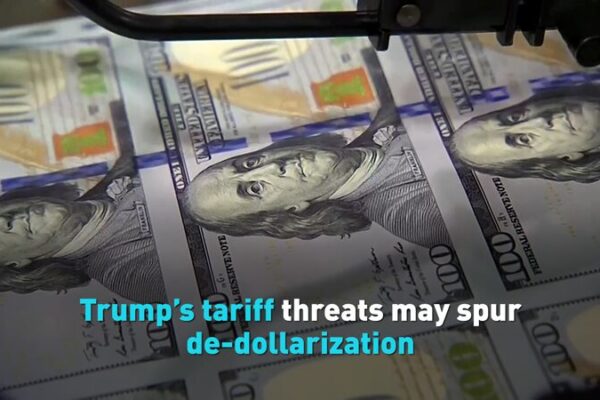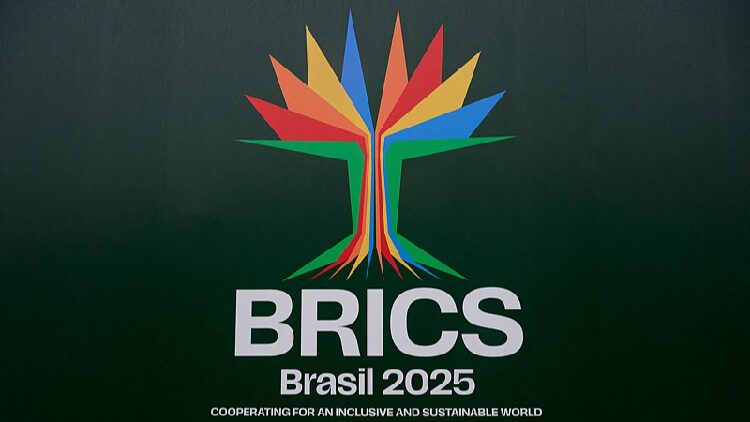The global landscape is undergoing a significant transformation. Traditional tactics like threats of tariffs, sanctions, and the dominance of a single currency are losing their effectiveness in shaping international relations.
Recently, the United States hinted at imposing a 100 percent tariff on BRICS nations if they continue their efforts to reduce reliance on the U.S. dollar. However, the response from these nations indicates a shift towards fostering cooperation and shared prosperity rather than confrontation.
Countries like Russia have demonstrated resilience in the face of sanctions. Instead of succumbing to economic pressures, Russia developed its own financial systems such as the System for Transfer of Financial Messages (SPFS) and the Mir payment card, reducing dependency on Western-controlled financial networks. This move not only insulated its economy but also strengthened financial ties with countries across Asia and the Middle East.
Türkiye faced similar challenges when access to U.S. technology and equipment was restricted. In response, it began producing its own military equipment and has since become an exporter to nations in the Middle East and Africa.
These examples highlight a broader trend where nations are seeking a more equitable world order. The inclusion of the African Union as a full member at the G20 Summit symbolizes a new vision for global cooperation that extends beyond a select group of powerful economies.
BRICS nations are actively reducing their reliance on the U.S. dollar by trading in their national currencies. The BRICS New Development Bank is financing projects in local currencies, and efforts are underway to develop a blockchain-based payment system.
This shift is not about making a political statement but is driven by pragmatism. Over-reliance on a single currency has proven risky, as seen during global financial crises. Diversifying currencies enhances economic stability and mitigates the impact of potential financial downturns.
The goal is not to eliminate the dollar but to create a balanced, multi-currency system where no single nation’s policies can disproportionately affect the global economy. This approach promotes resilience and inclusivity in international trade.
Sanctions and threats are increasingly seen as counterproductive. Instead of achieving desired outcomes, they often accelerate the search for alternatives, diminishing the leverage of those employing such tactics.
As the world moves forward, embracing a multi-currency system appears to be the path toward a more stable and cooperative global economy. Leaders are encouraged to focus on strategies that promote shared prosperity and resilience rather than clinging to outdated practices.
Reference(s):
Why threats, sanctions and one-currency dominance are past their prime
cgtn.com








